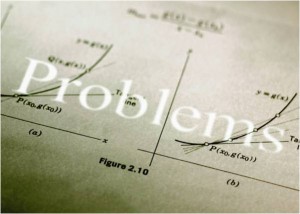 This article was originally published in the Intelligence Insights May 2010 newsletter of the Special Libraries Association – Competitive Intelligence Division.
This article was originally published in the Intelligence Insights May 2010 newsletter of the Special Libraries Association – Competitive Intelligence Division.
 I remember standing next to my fellow student as we both stared at the teacher in the front of the classroom. Fourth grade rarely got as intense as when we were competing to give the right answer to the teacher’s flash card question. The teacher would wait until we ready and then quickly display the card with a math problem. What was the answer to “8 times 7?” We rushed to raise our hands. It was not a small matter to master multiplication and we were proud when we did (especially when we won the competition).
I remember standing next to my fellow student as we both stared at the teacher in the front of the classroom. Fourth grade rarely got as intense as when we were competing to give the right answer to the teacher’s flash card question. The teacher would wait until we ready and then quickly display the card with a math problem. What was the answer to “8 times 7?” We rushed to raise our hands. It was not a small matter to master multiplication and we were proud when we did (especially when we won the competition).
In math (as in most subjects), we learn the basics first. Complex problems remain a mystery until a solid foundation of principles and techniques is established. We first learn to add, subtract, multiple and divide. Later, we learn about fractions, percentages, geometric shapes and trigonometry. Each topic builds on established foundations and represents significant learning.
About the time that we were satisfied with what we knew, our math teachers introduced a new challenge – word problems.
Read the rest of this entry
 “I don’t need the exact figure. Just give me the ballpark number.”
“I don’t need the exact figure. Just give me the ballpark number.”